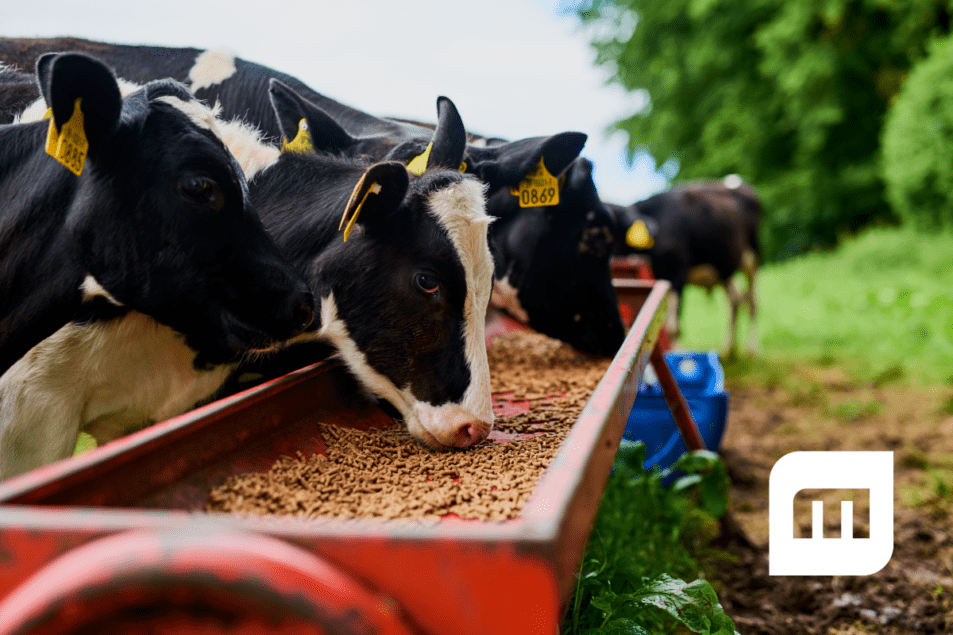Sustainability is no longer just a buzzword – consumers, corporate boards, and retailers have declared it a priority. More than 136 countries and 1200 companies have pledged to reach net-zero emissions by 2030. Canada, France, Spain, the UK, and India have banned single-use plastics.
While the most critical function of meat packaging is to protect the product and extend shelf life, increasing the recovery of packaging materials post-consumer and using fewer materials when producing the package improves package sustainability. Any package change may have tradeoffs such as higher cost, lower shelf life, and heavier weight. “We have the tools and know-how to help processors navigate a very complex process,” says Gregg Poffenbarger, business unity director of Materials for MULTIVAC Group.
SUSTAINABLE MEAT PACKAGING IS A HUGE OPPORTUNITY
Large retailers are driving the sustainability push. For example, by 2025, Walmart plans to use 100% recyclable, reusable, or industrially compostable packaging with a minimum of 17% post-consumer recycled content for its private brands. Similarly, ALDI announced that by 2025, 100% of ALDI-exclusive products would have reusable, recyclable, or compostable packaging and use 20% post-consumer recycled content. Virtually every leading grocer in the United States has announced sustainability initiatives for reducing packaging and food waste. A 2021 PMMI Study found that 80% of CPG manufacturers minimize packaging to reduce waste and 89% design recyclable packaging.
HORMEL FOODS REDUCE MATERIALS IN PACKAGING
One of Hormel Foods’ 20 By 30 goals focuses on improving packaging sustainability with research, innovation, on-package communications, optimizing package weight, and shipping efficiencies.
“When we looked at the original Jennie-O ground turkey packaging, we knew we could improve it, not only from a sustainability perspective but also from a retailer and consumer point of view,” says Kim Anderson, brand manager of Retail Marketing for Hormel Foods. “For example, the paperboard sleeve was not ideal for retailers as a refrigerated environment could sometimes cause issues with tearing.”
Hormel Foods takes a team approach to packaging design. A dedicated group of employees consistently looks for minimization opportunities, collaborates with other departments, and examines the entire supply chain for sustainability initiatives. “MULTIVAC was involved in the project from the very start,” says Doug Muzik, plant manager at the Jennie-O Turkey Store plant in Montevideo, MN.
“We communicated our vision and what we were looking for from a product appearance standpoint,” says Muzik. “Through numerous meetings and line trials, MULTIVAC helped us get the (thermoformed) tray we were looking for, and we achieved line throughput speeds comparable to our previous foam trays.”
The final solution was a thermoformed tray with a printed plastic lidding film. By printing directly on the film, Hormel could eliminate the paperboard sleeve. “For this specific project, our team was able to reduce both plastic and paper packaging, saving 1.5 million pounds of material annually,” says Anderson.
There are also indirect benefits to choosing a thermoformed package. “Because thermoforming equipment uses rollstock, rather than ready-made trays, our customers typically benefit from lower shipping costs and reduced storage space needs,” says Poffenbarger.
Collaboration is critical to introducing more sustainable meat packaging. “We’ve seen that collaboration drives innovation in other packaged-food industries, such as beverage and shelf-stable goods,” says Kachook.
Auras concurs. “R&D, marketing, engineering, and operations all play a crucial role in understanding the impact and the tradeoffs of the product, product loss and waste, and the packaging systems to implement for achieving sustainable development,” he says. “Without complete integration of these members, it’s tough to fully comprehend the benefits of implementing sustainable packaging and avoiding greenwashing.”
“MULTIVAC was very hands-on from start to finish, and we could count on them to have a representative present at all meetings and line trials,” says Muzik. “They had numerous techs on site to officially install the new lines ensuring the smoothest startup possible. MULTIVAC has continued providing great support whenever we need it.”
Unfortunately, not all clients involve equipment suppliers early on. “When we aren’t involved until late in the game, the process becomes more challenging,” explains Poffenbarger. “Material changes can change functionality such as opening features, shelf life, or puncture resistance.”
“Manufacturers of machinery and equipment are critical partners in developing sustainable packaging because they can help determine the necessary specifications and performance of packaging,” says Kachook. “Manufacturers can help brands understand how to navigate tradeoffs like cost, shelf life, and barrier properties as they look for packaging options that are more sustainable with recycled content or compostable films.”
INCREASING USE OF RECYCLED MATERIALS
Many processes are looking at replacing multilayered plastics with mono materials, including PP (polypropylene) and APET (amorphous polyethylene terephthalate) to improve recyclability. “It’s important to consider the change in barrier properties compared with composite materials,” says Poffenbarger. Adjusting running parameters on the packaging machine must be considered when switching to mono materials.
Packs and trays made from APET and other mono materials are already being used instead of composite materials to pack fresh products. “To achieve reliable packaging results, upper webs with a thin sealing medium are used,” says Poffenbarger.
 Source: Multivac US
Source: Multivac USA HOLISTIC APPROACH TO SUSTAINABILITY
Close cooperation with material manufacturers is fundamental to developing successful sustainable packaging. According to Poffenbarger, MULTIVAC works with leading material manufacturers consistently. To help with the essential task of testing, MULTIVAC’s Innovation Center has the capabilities to support customers in rolling out new concepts. “Our sales and technical support teams are ready to help processors step up to the opportunities in front of them,” says Poffenbarger. “MULTIVAC is fully committed to more sustainable packaging solutions.”
When evaluating various packaging concepts, processors need to recognize that the recyclability of packs is linked to the existing recycling structure. Achieving targets for recyclability should maintain product protection, especially with a high-value product like meat. Learn more about sustainable packaging solutions by contacting the MULTIVAC Group at 1-800-800-8552 or by visiting our website at multivac.com.

